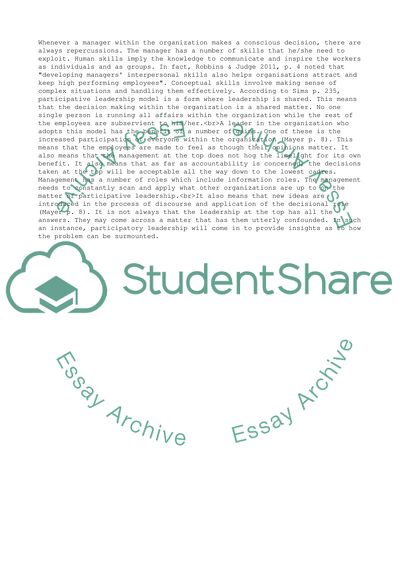Cite this document
(“Organizational Behavior Management Research Paper”, n.d.)
Organizational Behavior Management Research Paper. Retrieved from https://studentshare.org/management/1617518-organizational-behavior-management
Organizational Behavior Management Research Paper. Retrieved from https://studentshare.org/management/1617518-organizational-behavior-management
(Organizational Behavior Management Research Paper)
Organizational Behavior Management Research Paper. https://studentshare.org/management/1617518-organizational-behavior-management.
Organizational Behavior Management Research Paper. https://studentshare.org/management/1617518-organizational-behavior-management.
“Organizational Behavior Management Research Paper”, n.d. https://studentshare.org/management/1617518-organizational-behavior-management.


